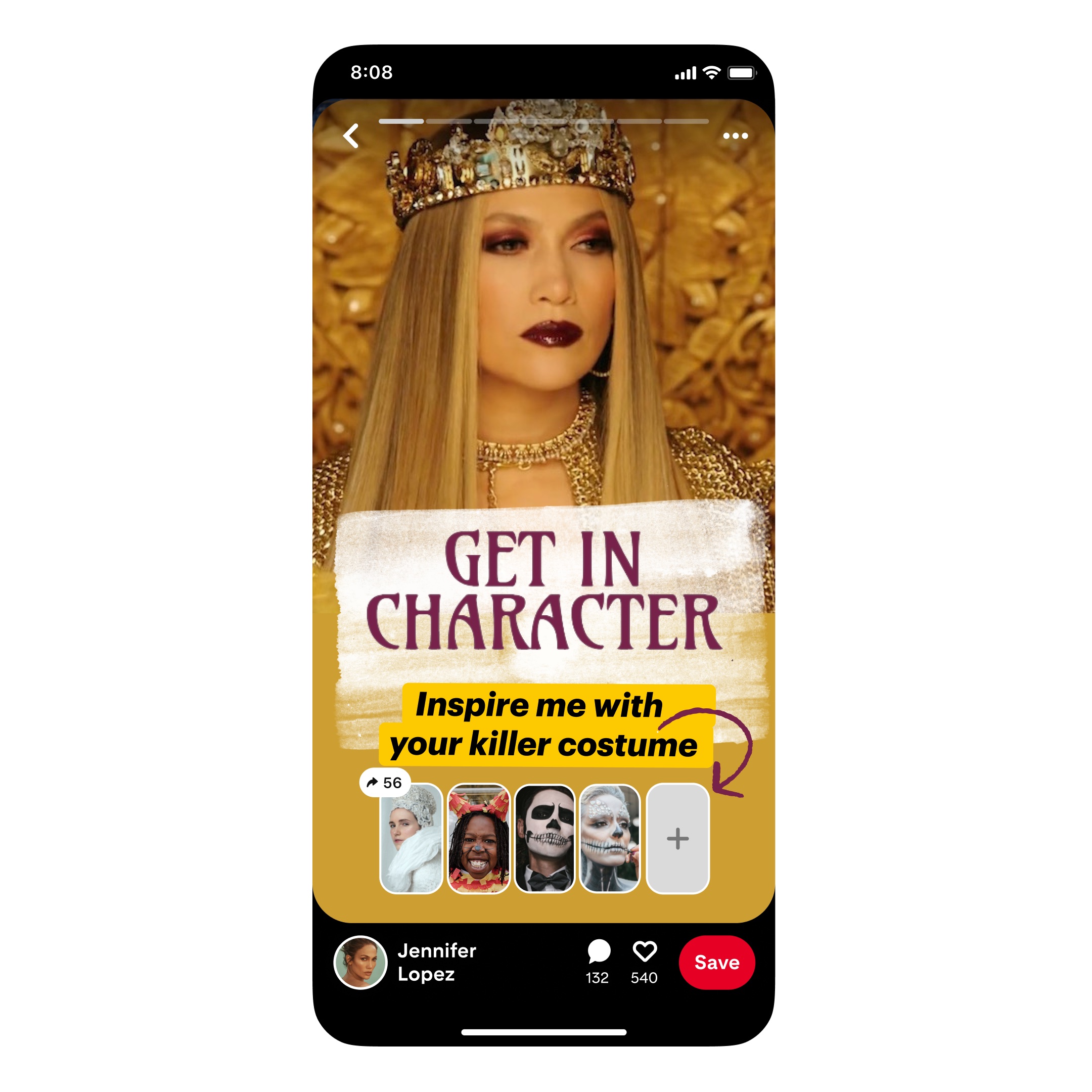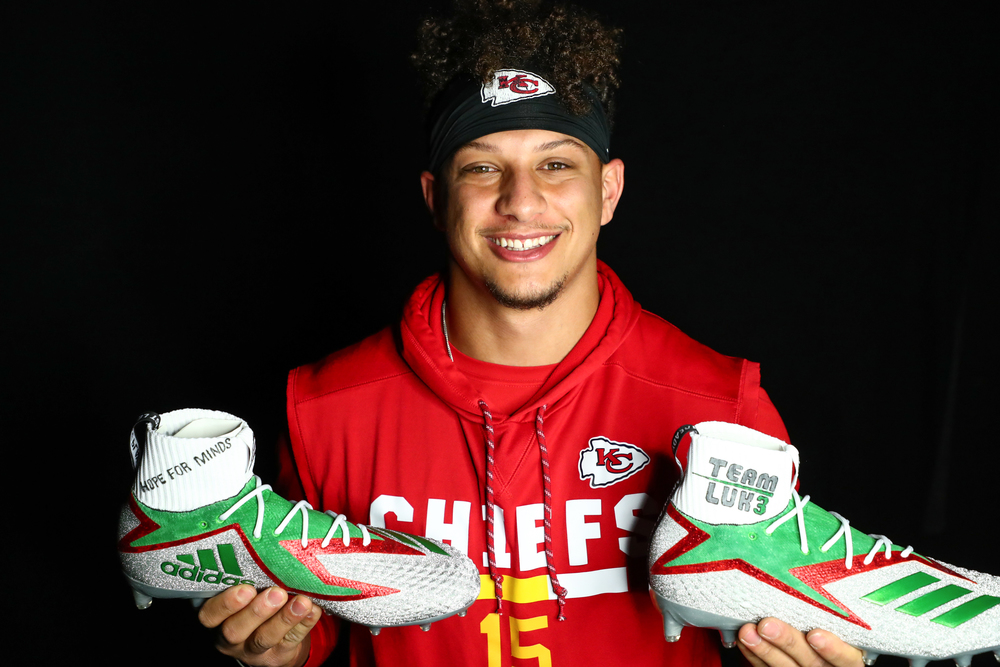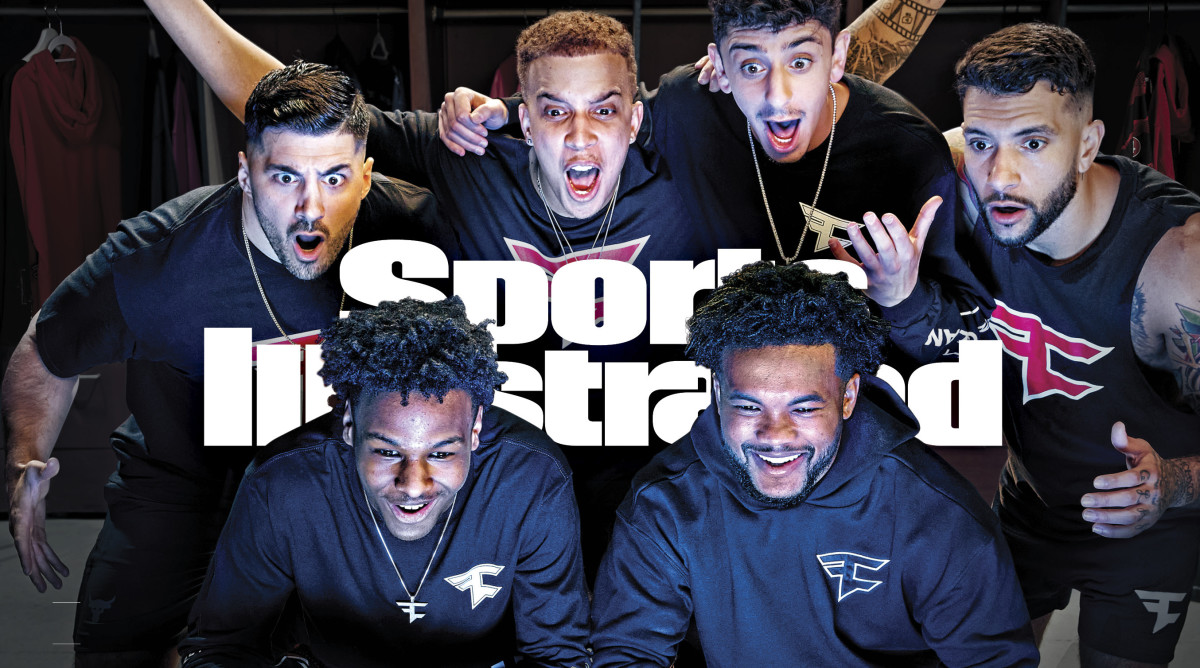AdAge’s recently released 2021 Marketers of the Year Awards are a treasure trove of buzzy marketing trends—some worth emulating, others maybe less so. The list highlights some big brands doing bold things, and several industry fads and trends are evident throughout—Target’s innovative use of “shop-in-shops” to partner with loyalty driven brands like Ulta and Disney reflects the trend of brands investing in quality shopping “experiences” as a form of differentiation; Kraft Heinz’s repositioning away from “apologetic” messaging about product attributes highlights the growth in brand campaigns that focus on high concept emotional benefits; and L’Oreal’s redefinition of their 50 year old “You’re Worth It” campaign for the post-MeToo 21st century woman is exemplary of brand’s reimagining their value proposition in an era marked by social change.
But more prevalent (and relevant) than any of these trends from the AdAge “best of” list is one key thread that is crucial for your brand to pay attention to in 2022.
Brand’s who lead the charge in 2021 had one thing in common: inspiring authentic conversations with customers by putting real personalities at the forefront of their brand presence.
In 2022, digital conversations will be the key to conversion, more so than ever before. Converse Digital has been ringing this bell for…well, since the beginning (it’s kind of why we chose the name we did). The brands who AdAge singled out as producing the best results in the past year all understand this reality—and have taken strides to invest in building a more “human” brand persona in order to engage audiences in meaningful conversations around their brand.
To be clear: This is not the same thing as the Wendy’s Twitter persona fad and its endless knockoffs. The commonality in each of these brands’ marketing is an emphasis on real people talking about a product or engaging with the real humans who make that product a reality—or as the Gen Z kids say, more “authenticity.” It turns out that the most interesting thing to people is other people, and each of the three brands we’ve highlighted below from the AdAge roundup have acted on this key learning in their own unique way:
Three Brands Who are Successfully Leveraging Customer Engagement Through Personalizing their Brand Presence
Pinterest: In a year when social media giants like Facebook and Twitter were often in the hot seat for their role in the spread of negativity online, Pinterest spent the year “leaning into its role as an inspiration and recommendation hub” with great effect. In particular, Pintererst cracked the code in 2021 on driving quality user engagement within their app at a time when concerns over data privacy have social media users more squeamish than ever about giving up any kind of personal details. A new Pinterst innovation in 2021, “Create Your Take” had celebrities like Jennifer Lopez share Halloween costume ideas and then invite users to pin their “take” on the costume—ie, create mood boards consisting of instantly shoppable links to real products. By inviting users into a creative, collaborative “conversation” on the app, Pinterest created a digital shopping experience that felt both personal and communal—a call to action that felt more like a discussion on holiday fashion than it did a 15% off coupon.

JLo’s Halloween inspo via pinterest.com
NFL: Though the dominant American sports media franchise by a significant margin, the National Football League nevertheless saw a concerning steady dip in their 12-24 demographic in late 2018—the kind of trend that raises alarm bells about slipping relevance in a crucial market for future growth. In the three years since, the brand has shifted their marketing toward a more “helmets off” approach, placing “more emphasis on player personalities''—in other words, putting the human faces of the sport at the forefront. This means taking on new brand partners such as esports teams, allowing NFL players to participate in video gaming matches that show their interest beyond football. Heavy investment in programs like “My Cause My Cleats” has also given the NFL significant content fodder for highlighting players’ personal lives outside of football, and giving the sports’ fans a real “person” to connect with, beyond a jersey number on the field. To this end, the league has also invested in local content creators assigned to each team, who capture not only on-field action, but off-field activities too. All of these strategies combined allow the NFL to showcase players who feel less like “players” and more like “people”—people who the fans are excited to watch play football. And, by the way, fans are more excited now: the campaign has reversed the slide noticed in 2018, and the NFL put up their best viewership numbers in 2021 since the 90’s.

Kansas City QB Patrick Mahommes with his custom “My Cause My Cleats” via nfl.com
FaZe Clan: The Esports world has always been interactive in its roots—by nature, the team gaming industry has grown largely through streaming, which is heavily forum-style in its composition. But, breaking its “athletes” outside of the gaming community into the mainstream has presented a challenge. AdAge declares that through their brand partnership efforts and integration of team players into other avenues beyond gaming, FaZe Clan “went truly mainstream this year.” This was largely due to an intentional integrated marketing campaign to push the limits of what the “mainstream” might think of as a “gamer,”—and crucially, invite them to participate as well. Hosting “celebrity” gamers such as NFL quarterback Kyler Murray or James Bond star Daniel Craig bridges the gap between the video game community and the rest of us. The brand views themselves not as a gaming company but as a “youth culture company.” In re-personalizing the persons who play the games as people with interests outside of video games, FaZe Clan has created far more interest in their gaming product. The delicate dance in bringing a niche community into the limelight is paying off, largely because the company is highlighting the real people behind the controllers, over the gaming experience itself.

FaZe Clan gamers with athletes Bronny James and Kyler Murray on cover of Sports Illustrated via si.com

007 Daniel Craig hangs out with FaZe Clan on-stream via geekanything.com
So, what about my brand?
The most exciting potential that bubbles up from these three examples of brands heavy-ing up on their investment in telling the more personal side of their brand story is the iterative potential for other brands. Each leveraged a different piece of their DNA to achieve the goal, but the common thread stayed the same. This bodes well as a consumer trend for 2022, because it means smart brands like mine and yours can do the same thing, in our own way.
If you’re looking for help figuring out just how to put your authentic brand personality at the front of your messaging, we have a custom built program just for solving problems like that. Click this link to learn about how we can help you and your brand evolve your approach in 2022.

